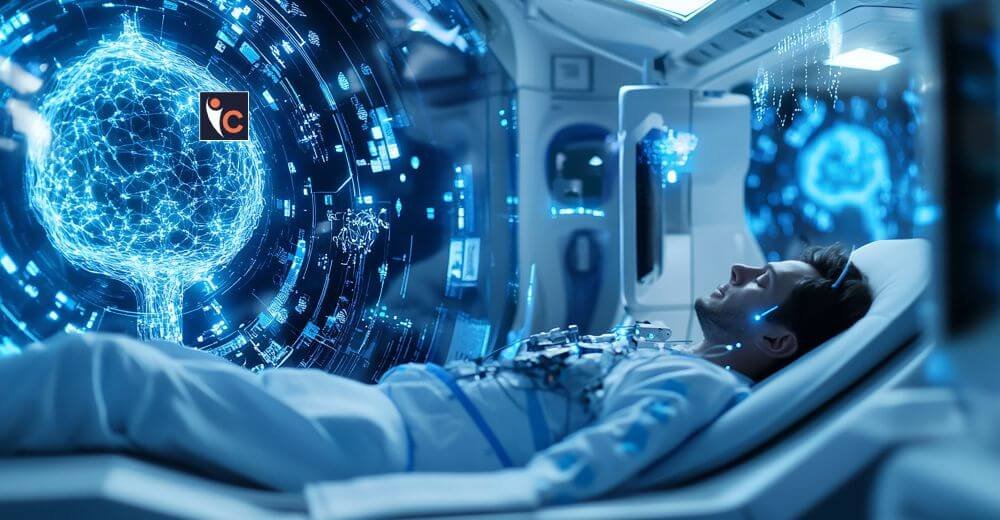Innovations in Air Medical Transport
Air medical transport, a crucial component of emergency healthcare, has seen remarkable technological advancements over the years. From basic aircraft used for patient transport to today’s sophisticated flying ICUs, the field has evolved significantly. This evolution, driven by cutting-edge technology, is enhancing patient outcomes in critical situations.
The Evolution of Air Medical Transport
Initially used during wars for evacuating wounded soldiers, air medical transport has developed into a vital service for civilian emergency care. Today, air ambulances are not just fast means of transport but are equipped with advanced medical technology, making them integral to providing immediate and high-quality patient care during transit.
Key Technological Innovations
Several technological advancements have revolutionized air medical transport, improving the care provided to patients during flights. Here are some of the most significant innovations:
- Advanced Medical Equipment
Modern air ambulances are now equipped with compact, advanced medical devices, including portable ventilators, cardiac monitors, and defibrillators. These tools allow medical crews to manage critical conditions effectively, comparable to hospital ICUs. This ensures comprehensive patient care during flights, critical for life-threatening situations.
- Telemedicine
Telemedicine has transformed air medical transport by enabling real-time communication between airborne medical crews and ground-based specialists. This allows continuous patient monitoring and consultation, ensuring that appropriate medical decisions are made promptly. Such connectivity enhances the continuity of care and prepares hospitals to receive and treat patients more effectively.
- Advanced Navigation and Communication Systems
GPS-based navigation and real-time communication systems have made air medical transport safer and more efficient. Precise navigation minimizes travel time, while secure communication channels ensure seamless information exchange. These systems allow for better coordination and safer operations, crucial for timely patient care.
- Lightweight and Energy-Efficient Equipment
Newer, lighter medical devices enable air ambulances to carry more supplies or extend their range. These energy-efficient tools also ensure that aircraft can operate for extended periods without compromising on medical care, which is essential for long-distance or remote area transports.
- AI and Machine Learning in Patient Monitoring
AI and machine learning are beginning to enhance patient monitoring by analyzing data in real-time. These technologies can detect early signs of complications, providing alerts to the medical crew. This predictive capability allows for proactive care, improving the chances of positive outcomes by addressing issues before they escalate.
Impact on Patient Outcomes
The integration of these technologies into air medical transport has significantly improved patient outcomes. Here’s how they contribute to better care:
- Faster Diagnoses and Treatment
Advanced equipment and telemedicine allow for quicker and more accurate diagnoses during transport. Onboard diagnostic tools like ultrasound machines can detect critical issues, while real-time data transmission enables specialists to guide treatment from the ground, ensuring immediate and appropriate care.
- Enhanced Treatment Capabilities
Modern air ambulances can provide treatments previously possible only in hospitals. From advanced life support to comprehensive monitoring, the level of in-flight care has greatly improved. This is particularly vital for managing severe trauma, strokes, or cardiac events during transport.
- Increased Safety and Efficiency
Advanced navigation and communication systems enhance mission safety and efficiency. Accurate navigation reduces travel time, and secure communication ensures coordinated efforts between air and ground teams. These improvements lead to better care delivery and operational reliability.
- Proactive Patient Care
AI-driven patient monitoring systems offer proactive care by predicting potential complications. This allows medical teams to intervene before issues become critical, shifting from reactive to proactive treatment, which is crucial for improving patient outcomes.
Future Trends in Air Medical Transport
Looking ahead, several emerging technologies promise to further advance air medical transport:
- Drones for Medical Transport
Unmanned aerial vehicles (UAVs) or drones are being explored for delivering medical supplies and potentially transporting patients. This innovation could complement traditional air ambulances, especially in hard-to-reach areas, providing a new dimension to emergency care.
- Enhanced Monitoring Systems
Future advancements will likely include more sophisticated monitoring systems that integrate AI, providing comprehensive, real-time assessments of patient health. These systems could improve the precision and timeliness of in-flight medical care.
- Sustainable Aviation Technologies
With environmental concerns rising, the air medical transport industry is looking towards greener technologies. Innovations such as electric-powered aircraft and sustainable aviation fuels could reduce the carbon footprint of operations while maintaining high safety and performance standards.
In conclusion, technological innovations have transformed air medical transport into a critical and highly advanced element of emergency medical services. From sophisticated medical equipment to cutting-edge communication and navigation systems, these advancements have significantly enhanced patient care during transport. As technology continues to evolve, the future promises even greater capabilities, making air medical transport an ever more vital lifeline for those in need.
Read More: Click Here










